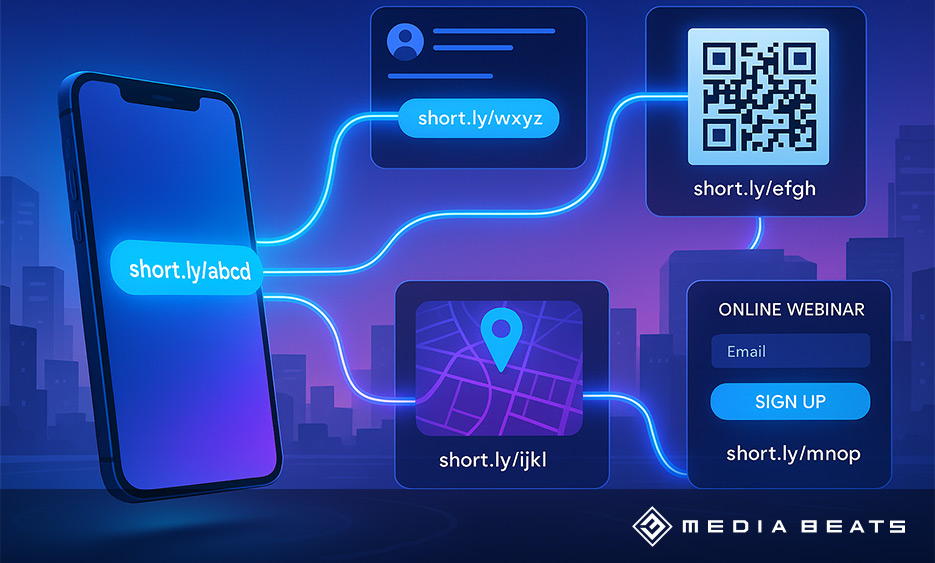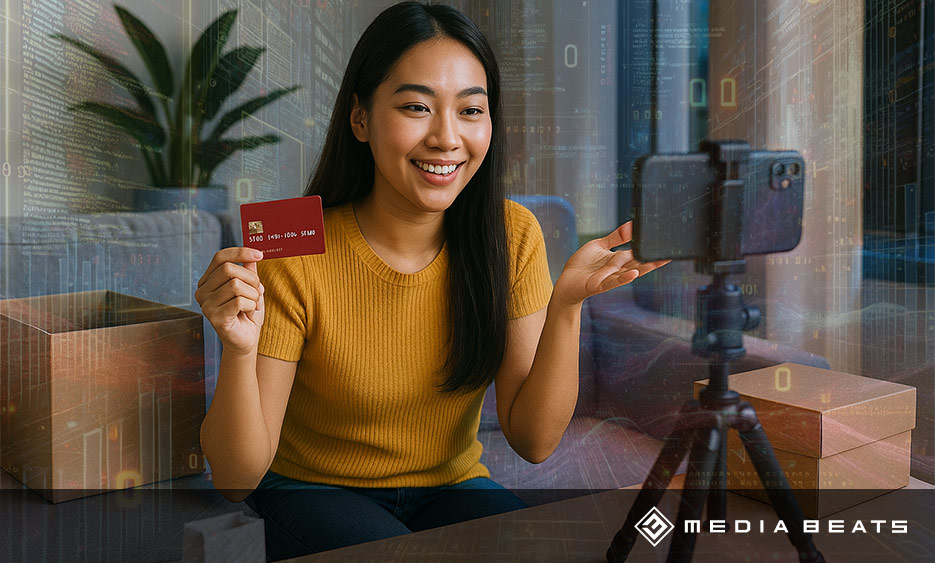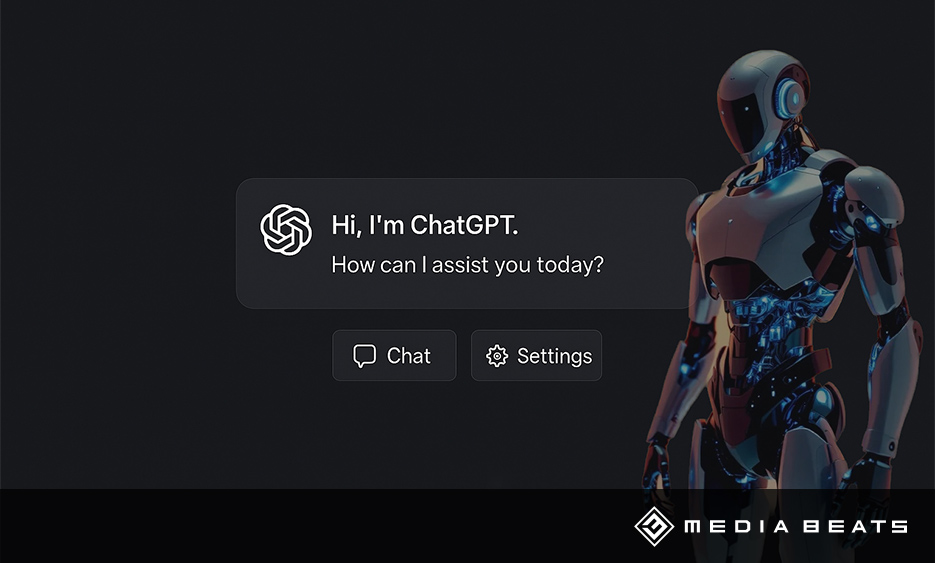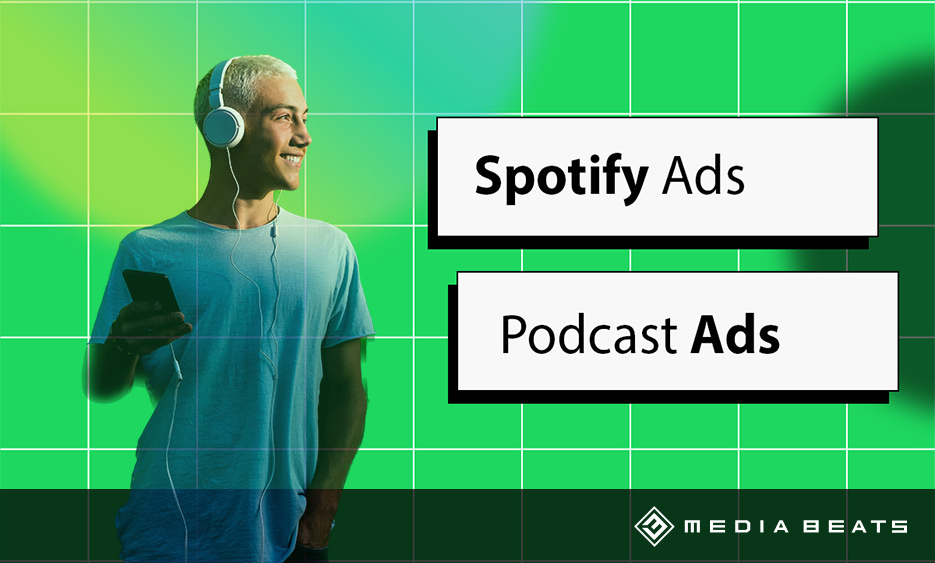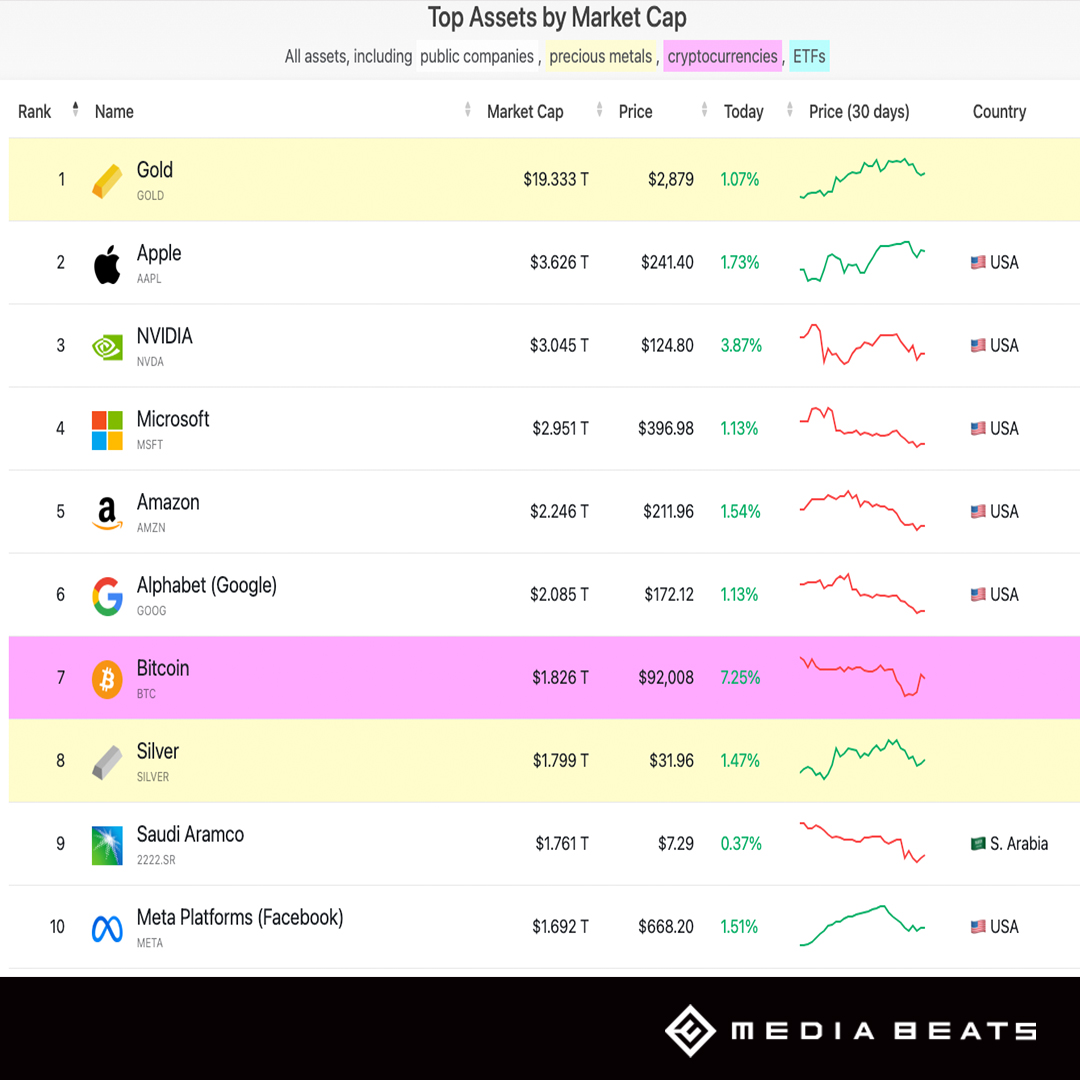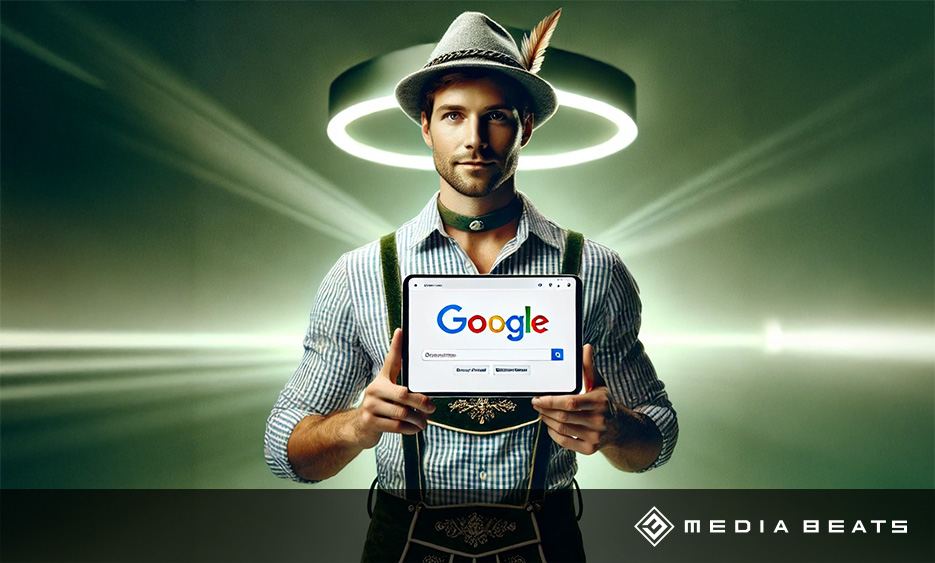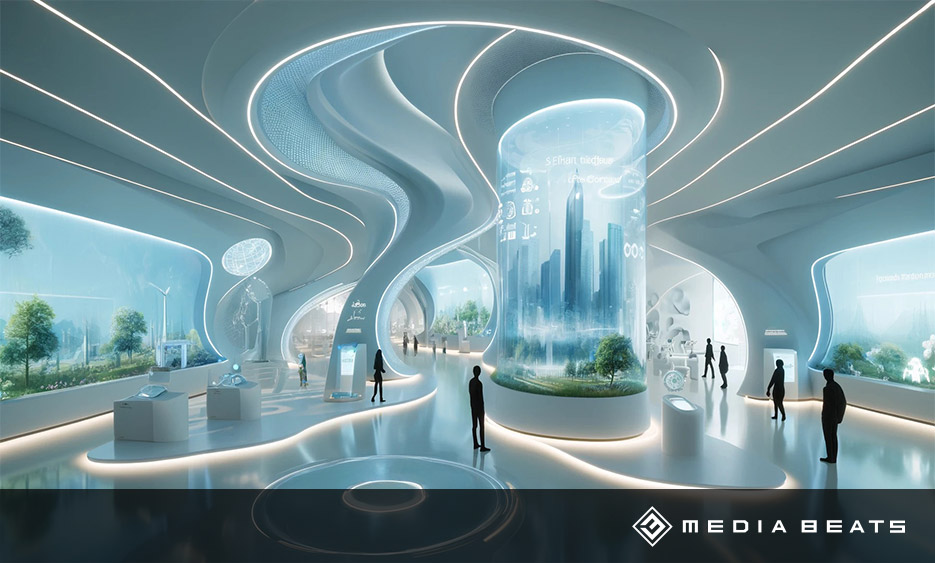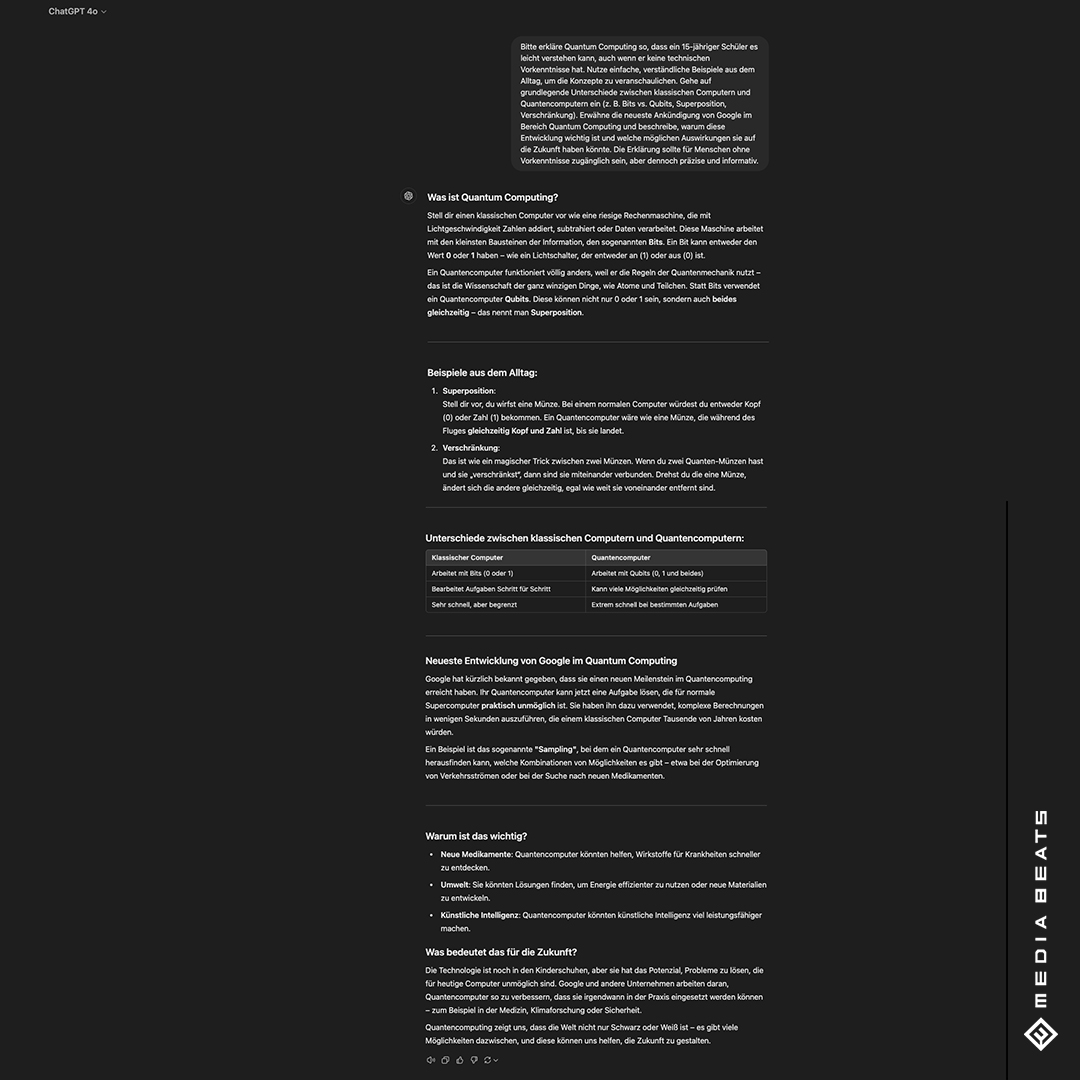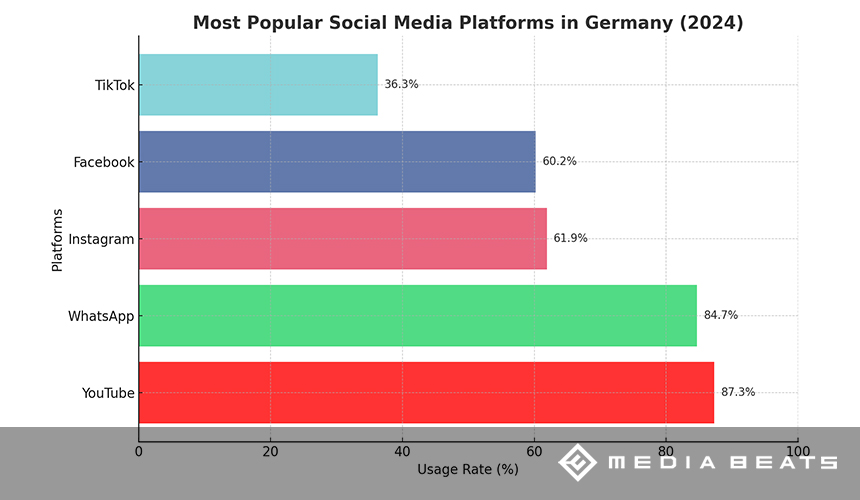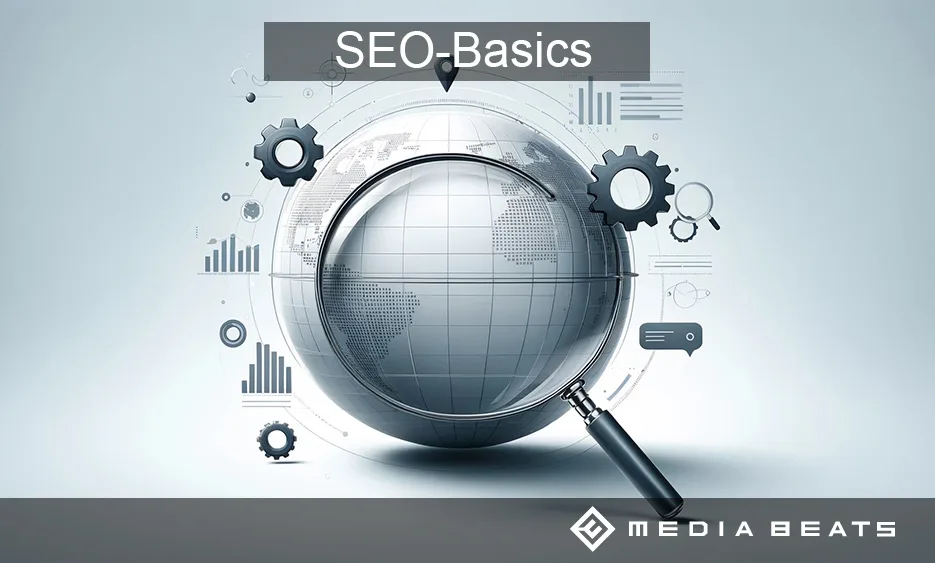
Website relaunch with an agency: How to future-proof your website
A website relaunch means much more than just a new design; it requires a well-founded strategy. In this context, visibility, technical structure, and user experience play a crucial role in digital success.
Companies benefit particularly when they implement the relaunch with an experienced full-service agency. This results not only in a modern design but also in a well-thought-out combination of SEO, UX, and performance marketing. Additionally, targeted email marketing and consistent communication ensure sustainable success in online marketing.
Why a website relaunch is necessary
Outdated design, slow loading times, or poor rankings reduce the long-term impact of a website in the competition. Technical limitations also cause users to abandon the site, making the digital offering unconvincing.
A relaunch is often necessary when a rebranding is planned or new target audiences are to be addressed. Likewise, switching to a new content management system may require this step. Regardless of the trigger, it provides an opportunity to strategically realign the entire online presence.
The advantages of an agency for website relaunches
A professional agency combines experience and expertise, ensuring websites are not only visually appealing but also successful. Here are some key advantages:
- Online Marketing Expertise: Whether SEO, SEA, or Social Media Marketing – an agency integrates all disciplines into a coherent overall concept.
- Technical Expertise: From CMS selection to loading times and mobile optimization – technical errors are avoided.
- Strategic Thinking: The new website is aligned with clearly defined goals, target audiences, and KPIs.
- Comprehensive Support: From analysis to design, content, go-live, and beyond – everything from a single source.
- Reliable Processes: Proven workflows, transparent communication, and structured project management ensure planning certainty.
The typical project process - structured for success
A successful website relaunch is not based on chance, but on a clearly structured roadmap. This takes into account all phases of the project:
1. Strategy and target definition
The agency analyzes the current website, defines clear goals, and additionally examines the competition's position. At the same time, it develops a detailed roadmap to implement the relaunch in a structured manner. In doing so, it establishes relevant KPIs such as visibility, loading times, and conversion rates from the outset.
2. Concept and planning
Based on the strategic goals, the agency develops a structured sitemap and clear navigation logic. Additionally, it creates wireframes and a well-thought-out UX concept for optimal user guidance. The aim is to make the website intuitively usable and user-friendly.
3. Content strategy
A content audit reveals which content should be retained, adapted, or completely recreated. Content migration is also planned early to ensure no content is lost. Redirects are carefully set up to avoid jeopardizing existing SEO rankings.
4. Design and development
In line with your corporate design, a modern, responsive web design with a clear visual concept is created. The technical implementation is search engine optimized and focuses on performance and user-friendliness. All functions are thoroughly tested to ensure the website runs flawlessly on every device.
5. Launch and support
After an intensive testing phase, the new website goes live and is closely monitored. The agency analyzes initial user data, identifies weaknesses, and quickly fixes potential errors. Even after the launch, it remains active, continues to support the project, and optimizes continuously.
SEO during a relaunch - a must, not a nice-to-have
Especially during a relaunch, there is a risk of losing important Google rankings if SEO is not considered. Therefore, it is crucial to strategically plan search engine optimization from the outset:
- Structured redirects (301 redirects)
- Optimized meta data
- Technical SEO factors such as loading times, mobile optimization, core web vitals
- Content optimization and keyword strategy
- Indexing control through robots.txt, sitemap and canonicals
An agency with SEO expertise does not plan these points as an afterthought, but as an integral part of the relaunch.
What you should look out for when choosing an agency
Not every agency is suited for a complex website relaunch. These criteria help with the decision:
- Proven experience with comparable projects
- Expertise in SEO, SEA, UX and web development
- Clear communication, structured processes
- No standard solutions, but individual advice
- Willingness for training and long-term partnership
Also ask critical questions:
- How can visibility on Google be maintained during a relaunch?
- Which systems, tools and methods are used?
- What does quality assurance look like?
- Who is the contact person - even after the go-live?
Checklist: How to successfully relaunch your website with an agency
✅ Define goals and target groups
✅ Carry out an ACTUAL analysis of the old website
✅ Select a competent agency
✅ Define project plan and schedule
✅ Plan content audit and SEO migration
✅ Coordinate UX and design concept
✅ Accompany technical implementation
✅ Carry out tests and obtain feedback
✅ Accompany launch with monitoring
✅ Ensure continuous optimization
Conclusion
A professional website relaunch is not a risk but a great opportunity for companies to advance digitally. Partnering with an experienced agency helps improve visibility, technology, and design in a targeted way. At the same time, the company gains a sustainable advantage in the online marketplace.
As a full-service agency, we support you from the very beginning with online marketing, email marketing, and a strong performance strategy. We also provide technical expertise to ensure your relaunch remains successful in the long term.
Are you planning a website relaunch?
Then talk to us and start a project that convinces today and remains measurably successful tomorrow.







